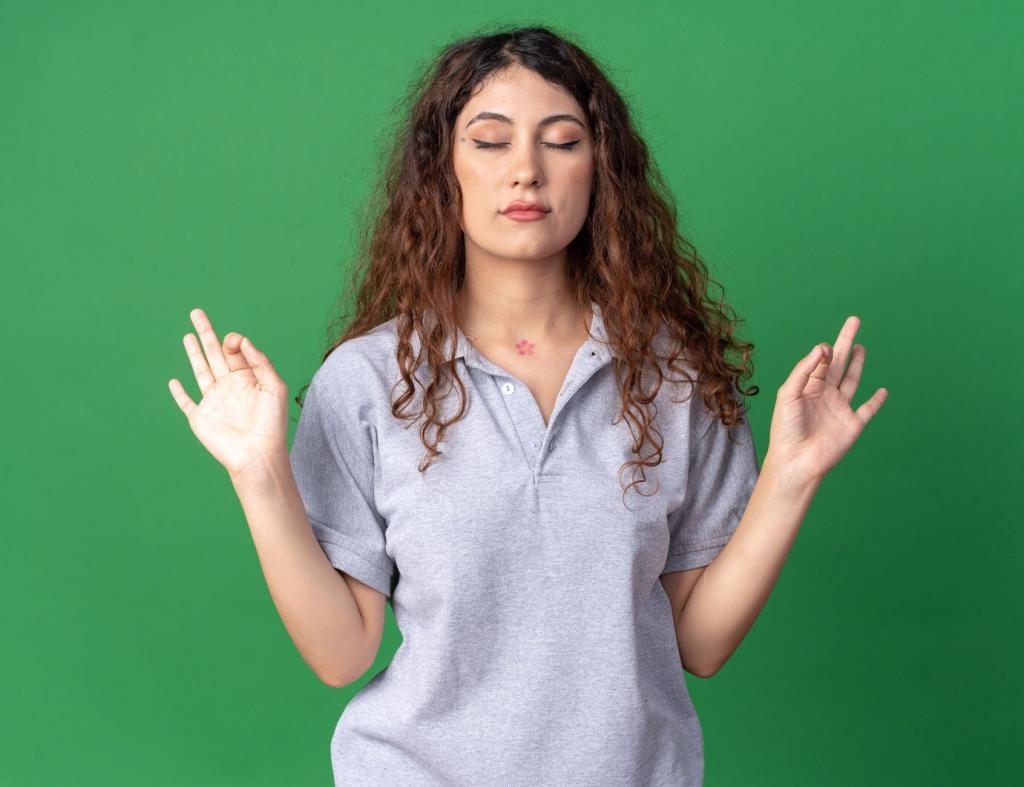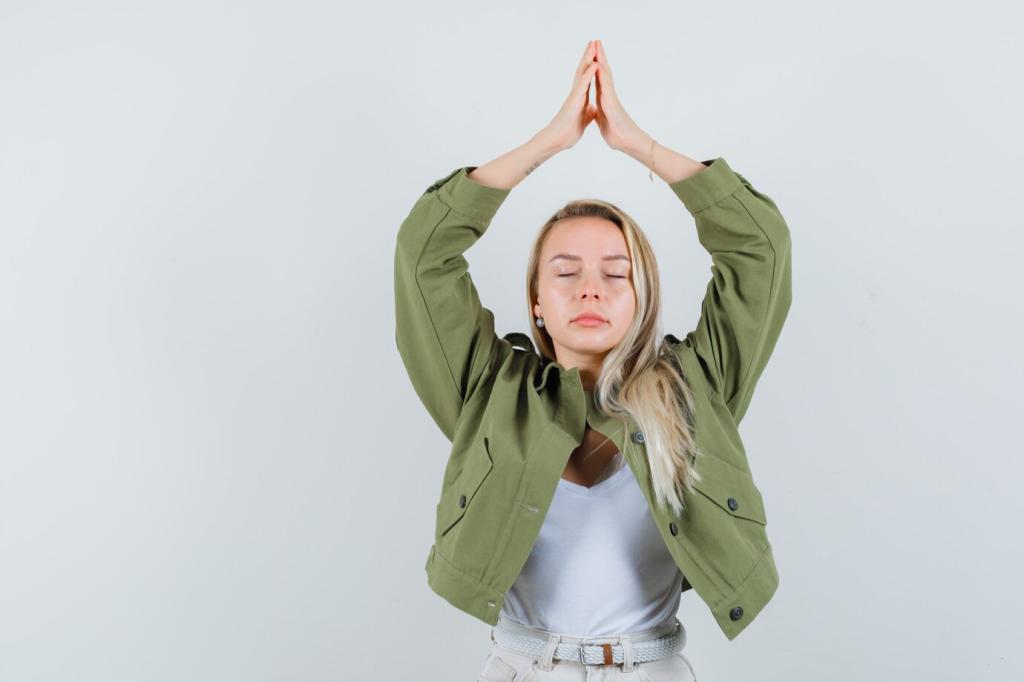The Science Behind the Calm
Mindfulness-Based Stress Reduction (MBSR), founded by Jon Kabat-Zinn, showed that structured mindfulness training reduces perceived stress, pain, and rumination. Meta-analyses report meaningful benefits across anxiety and stress markers, especially when people practice regularly and apply skills during everyday challenges.
The Science Behind the Calm
Studies associate mindfulness with reduced amygdala reactivity, stronger prefrontal regulation, and improved interoception via the insula. Physiologically, many practitioners report lower cortisol over time and increased heart rate variability, reflecting greater resilience and faster recovery from everyday stressors.
The Science Behind the Calm
In practical terms, mindfulness can help you pause mid-spiral, choose a steadier response, and recover more quickly after stress hits. Even brief daily sessions compound benefits, especially when paired with small in-the-moment resets during work, parenting, or commute transitions.
The Science Behind the Calm
Lorem ipsum dolor sit amet, consectetur adipiscing elit. Ut elit tellus, luctus nec ullamcorper mattis, pulvinar dapibus leo.









